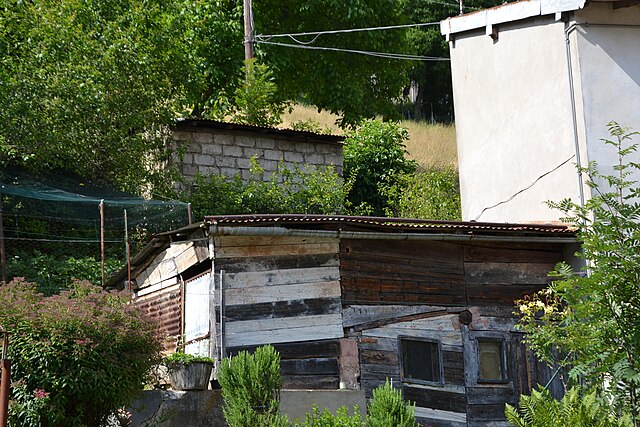Exposure compensation is a technique for adjusting the exposure indicated by a photographic exposure meter, in consideration of factors that may cause the indicated exposure to result in a less-than-optimal image. Factors considered may include unusual lighting distribution, variations within a camera system, filters, non-standard processing, or intended underexposure or overexposure. Cinematographers may also apply exposure compensation for changes in shutter angle or film speed, among other factors.
Snowy Mountains without exposure compensation
Same place with +2EV exposure compensation
In photography, exposure is the amount of light per unit area reaching a frame of photographic film or the surface of an electronic image sensor. It is determined by shutter speed, lens F-number, and scene luminance. Exposure is measured in units of lux-seconds, and can be computed from exposure value (EV) and scene luminance in a specified region.
White chair: Deliberate use of overexposure for aesthetic purposes
Two similar images, one taken in auto mode (underexposed), the other with manual settings
Buildings and trees photographed with an autoexposure time of 1/200 s
A street view of Taka-Töölö, Helsinki, Finland, during a very sunny winter day. The image has been deliberately overexposed by +1 EV to compensate for the bright sunlight and the exposure time calculated by the camera's program automatic metering is still 1/320 s.






